Providing important scientific information to the public about earthquakes and tsunamis is the main content mentioned at the Public Lecture with the topic "Earthquakes and tsunamis: Risks and responses, experiences for Vietnam" organized by two agencies under the Vietnam Academy of Science and Technology, the Information and Documentation Center and the Institute of Geophysics on the morning of December 9, in Hanoi.
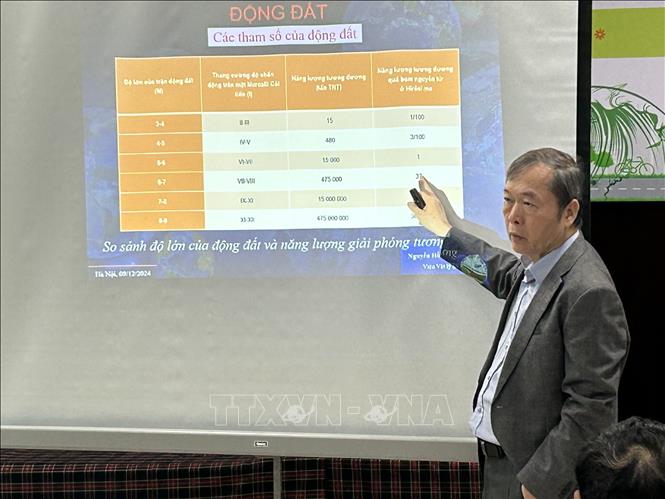
Sharing what you need to know about earthquakes and tsunamis, Associate Professor, Dr. Nguyen Hong Phuong, Chairman of the Scientific Council, Institute of Geophysics, said that an earthquake is a phenomenon in which the ground is slightly vibrating and then vibrates violently due to the sudden movement of layers of soil and rock below the Earth's surface. The sudden movement along geological faults in the solid and hard layers of the Earth's crust creates tectonic earthquakes. The epicenters of earthquakes are often concentrated in narrow and long zones called earthquake belts. The three largest earthquake belts on the planet are the Pacific belt, the Mediterranean-Himalayan belt and the belt extending along the submarine ridge from the Arctic Ocean, across the Atlantic Ocean, far to the South.
Tsunamis are a series of large waves with long wavelengths generated by strong geological changes occurring on the seabed. When the sudden movement of large water columns occurs, or the seabed suddenly rises or falls due to the impact of an earthquake, tsunamis are formed under the influence of gravity. The waves quickly spread through the water environment and become extremely dangerous with great destructive potential when they reach shallow shores.
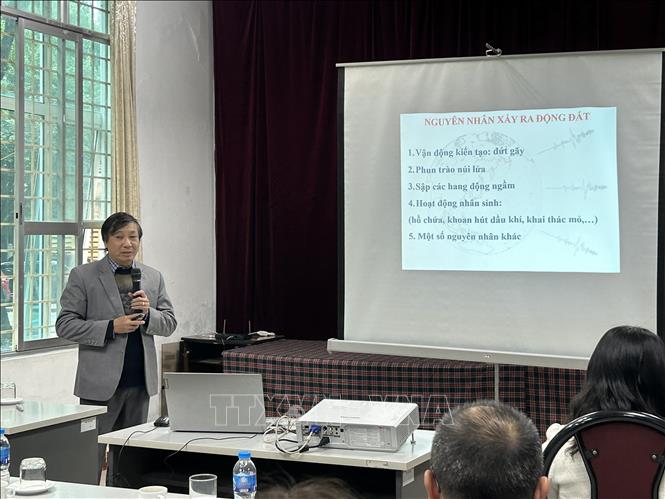
Proposing solutions to respond to earthquakes in the northern mountainous provinces and earthquakes in Kon Tum province in recent years, Associate Professor, Dr. Nguyen Hong Phuong said that, first of all, local authorities in areas where earthquakes often occur need to coordinate with relevant units to closely monitor the situation of earthquake aftershocks in the area, promptly report to the Provincial People's Committee for consideration and direction of earthquake response according to regulations. At the same time, proactively coordinate with the Institute of Geophysics to continue surveying, monitoring, and researching in detail the tectonic geology and seismic regime in the area, promptly notify the authorities and people of the earthquake situation, proactively respond, and avoid causing panic among the people.
Associate Professor, Dr. Nguyen Hong Phuong emphasized that the earthquake in Kon Plong district, Kon Tum province will continue and affect densely populated areas and key projects, especially the epicenter. Therefore, the authorities need to update regularly to come up with earthquake-resistant design plans for all types of projects from key locations, residential areas, etc. People also need to understand the difference between induced earthquakes and tectonic earthquakes to prevent and respond promptly when an earthquake occurs.
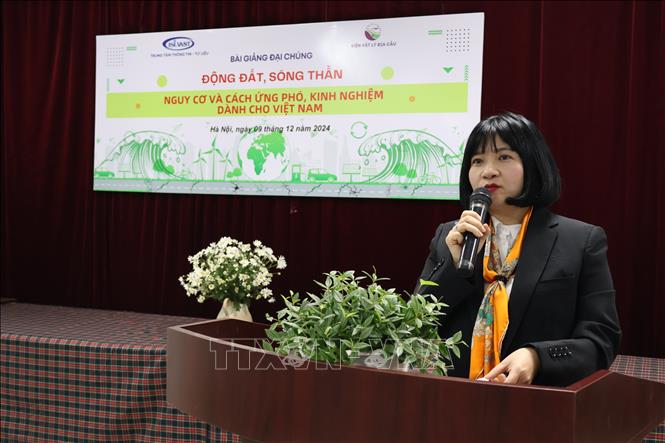
To improve earthquake response skills, Dr. Bui Nhi Nhung, principal researcher of the Earthquake Information and Tsunami Warning Center, Institute of Geophysics, suggested that in the coming time, relevant ministries and branches should soon add propaganda materials suitable for remote areas to meet the practical situation. At the same time, local authorities need to continue to do a good job of educating and disseminating knowledge to people, training skills for forces such as: practicing, integrating knowledge, earthquake response skills, including in educational programs, extracurricular activities, experiential activities in educational institutions...
According to VNA
Source: https://doanhnghiepvn.vn/cong-nghe/cung-cap-thong-tin-khoa-hoc-ve-dong-dat-song-than-cho-dai-chung/20241210100144776


![[Photo] Panorama of the parade celebrating the 50th anniversary of the Liberation of the South and National Reunification](https://vphoto.vietnam.vn/thumb/1200x675/vietnam/resource/IMAGE/2025/4/30/affbd72e439d4362962babbf222ffb8b)




![[Photo] Mass parade to celebrate 50 years of national reunification](https://vphoto.vietnam.vn/thumb/1200x675/vietnam/resource/IMAGE/2025/4/30/825e459ee2f54d85b3a134cdcda46e0d)
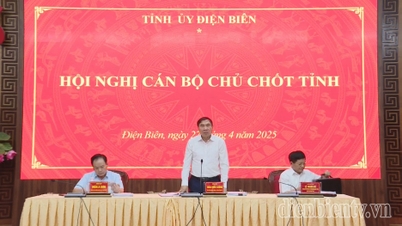

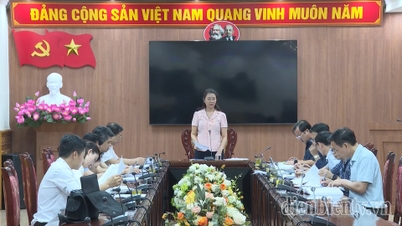
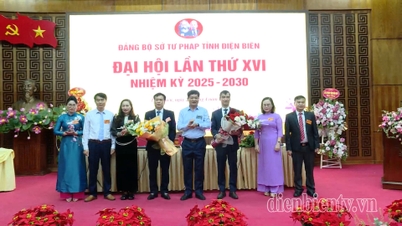
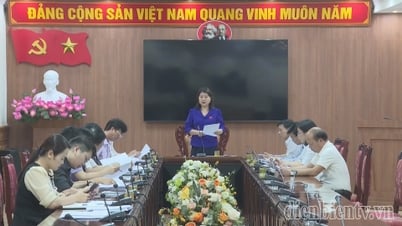
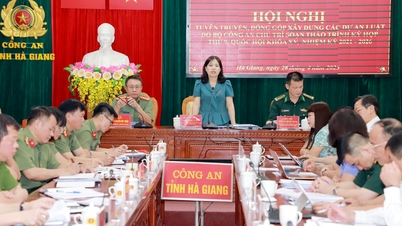
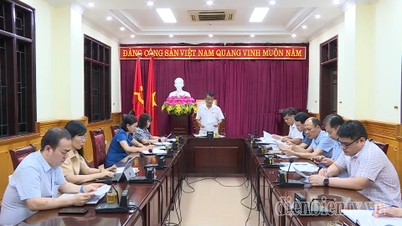



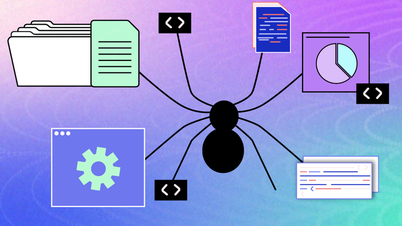












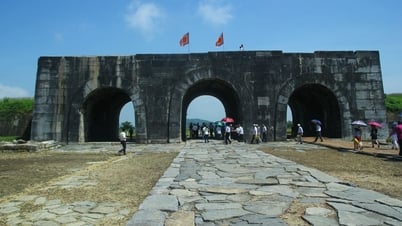



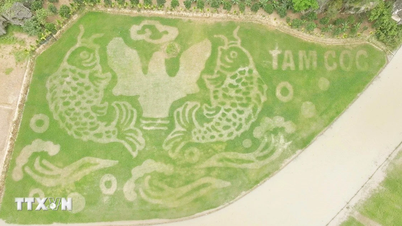
















































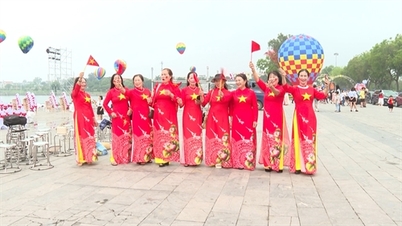












Comment (0)